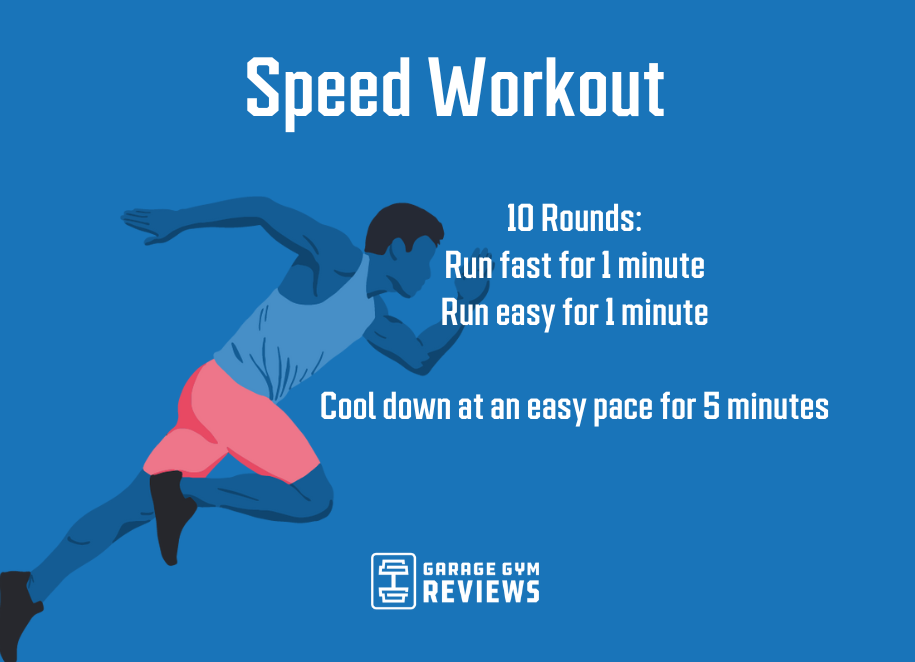Conquering Pain in Operating: Techniques and Methods That Job
Pain is a typical buddy for lots of runners, commonly working as an obstacle to attaining their wanted objectives. Nevertheless, with the ideal methods and methods, it is possible to conquer and even prevent the discomfort connected with running. By exploring various strategies such as recognizing the various sorts of running discomfort, maximizing footwear and form, including cross-training and stamina exercises, implementing reliable healing methods, and maintaining correct nourishment and hydration, joggers can possibly alleviate their discomfort and boost their general running experience.
Comprehending Various Kinds Of Running Pain

One more kind of running discomfort is joint pain, which can materialize as a sharp or throbbing pain in locations such as the knees, hips, or ankles (running workout). Joint discomfort might be brought on by elements like incorrect running kind, overuse, or underlying problems like arthritis (click here now). It is essential to separate in between muscle mass discomfort and joint pain, as the latter may need clinical attention to avoid more injury
Comprehending the various kinds of running pain is vital for efficient administration and avoidance methods to make sure a risk-free and pleasurable running experience.
Appropriate Footwear and Running Form
To enhance performance and reduce the threat of running-related injuries, choosing appropriate shoes and maintaining appropriate running kind are crucial elements for runners of all degrees. It is recommended to pick running shoes that are specifically made for the individual's foot kind, running stride, and the kind of running task they involve in.

Cross-Training and Toughness Workouts
Toughness exercises, like squats, lunges, and core workouts, play a crucial duty in stabilizing muscle mass and boosting running efficiency. They can fix muscle mass inequalities, enhance agility, and improve power result, all of which are essential for running performance.
Incorporating cross-training and toughness workouts right into a running regimen should be done strategically. It is essential to permit ample rest between running sessions and cross-training activities to avoid overuse injuries. Furthermore, concentrating on appropriate type and strategy throughout stamina workouts is crucial to optimizing their advantages and lowering the threat of injury. By including these components right into a running regimen, runners can develop a stronger foundation, improve performance, and enjoy a more lasting running experience.
Recovery and Rest Strategies
Having developed the relevance of cross-training and stamina exercises in a comprehensive running routine, interest can currently be directed towards Healing and Rest Methods as essential elements for optimizing efficiency and reducing the danger of injuries. (running workout)
Healing after running is critical for muscle mass repair work and development. Strategies such as foam rolling, stretching, and massage assistance in lowering muscle mass pain and improving versatility. Ample rest in between runs allows the body to recuperate and adjust to the physical anxiety, preventing overuse injuries.
Incorporating active recuperation days right into a training timetable, where low-intensity activities like walking or cycling are carried out, can boost blood circulation and promote recovery without placing excess strain on the muscle mass. Furthermore, proper hydration and nourishment play an important role in the recovery process by renewing shed fluids and nutrients.
Quality sleep is one more necessary aspect of healing that should not be neglected. Throughout rest, the body undertakes repair and regeneration procedures, adding to overall physical and mental wellness. By focusing on recuperation and rest techniques, joggers can preserve optimal efficiency degrees and lower the probability of experiencing pain or injuries.
Nutrition and Hydration for Runners
Carbs supply power for running, while proteins help in muscular tissue repair and recovery. Ample hydration is also vital to keep optimum efficiency, as even moderate dehydration can negatively impact running performance. Furthermore, timing dishes and snacks suitably prior to runs can aid stop intestinal pain and give the needed energy for peak performance.
Final Thought
To conclude, by comprehending the different sorts of running pain, wearing proper footwear, maintaining appropriate running form, incorporating cross-training and stamina workouts, focusing on recuperation and rest, and concentrating on nutrition and hydration, runners can effectively get rid of discomfort and improve their performance. Carrying out these strategies and techniques can assist joggers prevent injuries, enhance their endurance, and inevitably take pleasure in a more satisfying running experience.